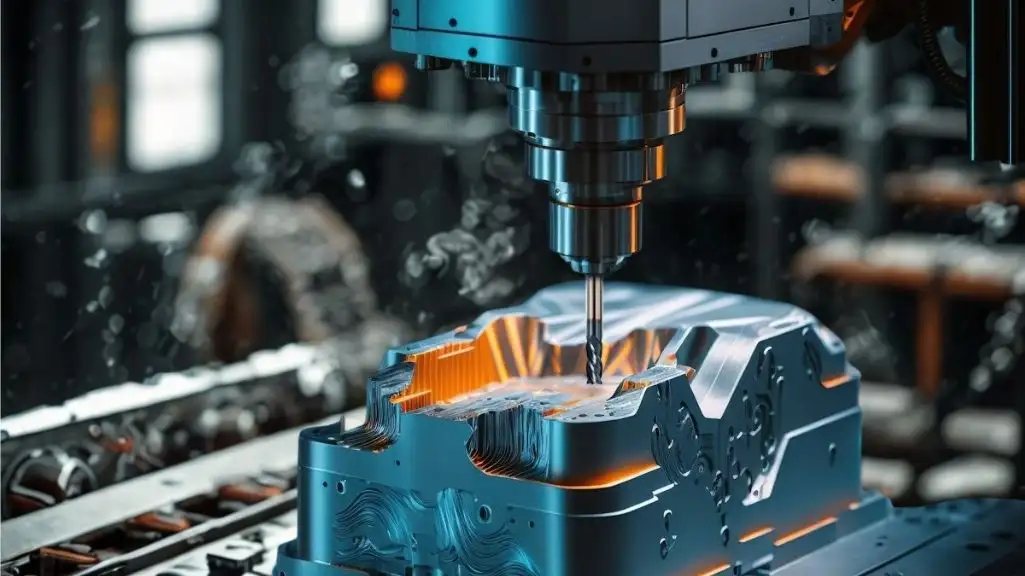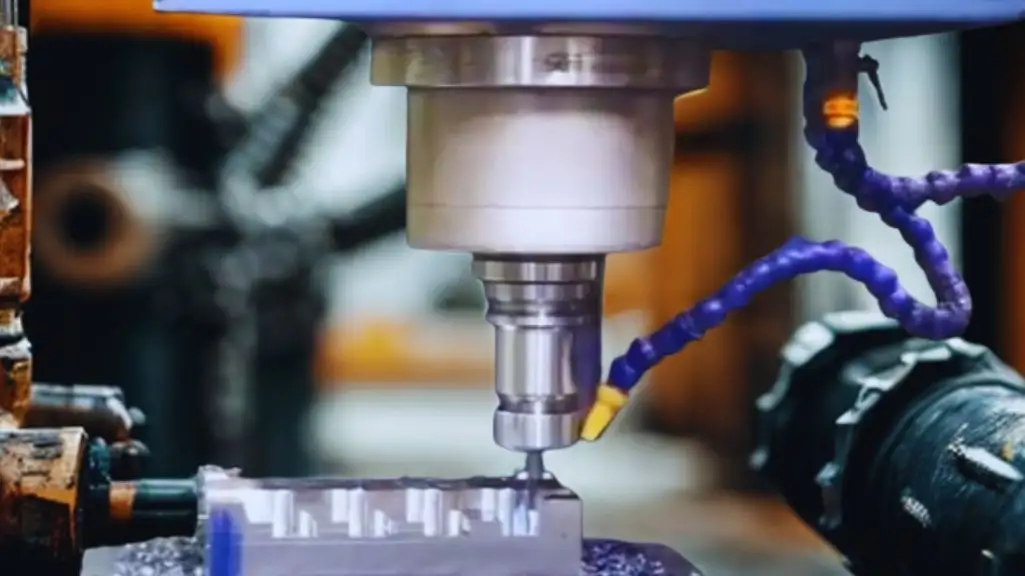Blog
Precision in Kitchenware Manufacturing: From Mold Accuracy to Quality Control
Precision in Kitchenware Manufacturing: From Mold Accuracy to Quality Control
In the highly competitive kitchenware and baking tool industries, manufacturing process accuracy determines product quality and brand competitiveness. This article will explore in depth how to ensure high precision and consistency throughout the manufacturing process from five perspectives: mold forming process, material selection, design development, polishing and finishing, and quality control and maintenance. By integrating authoritative industry research with the latest manufacturing trends, this article will help companies iterate production efficiency, improve product performance, and enhance market influence.
1. Material Selection: The First Step in the Molding Process
In kitchenware manufacturing, the choice of mold material directly impacts the durability, corrosion resistance, and service life of the finished product.
- High-strength alloy steel: Commonly used for molds requiring high wear resistance, such as baking pans and knife molds that require repeated thermoforming.
- Aluminum alloy: Suitable for molds requiring lightweight and high thermal conductivity, especially in the production of baking molds and food-grade containers.
- Food-grade material compatibility: Any mold used for baking tools must meet food safety standards. This is not only a legal requirement but also fundamental to brand reputation.
Research shows that appropriate material selection can significantly reduce mold wear, thereby extending mold life and reducing maintenance costs (Source: ScienceDirect).
2. Design Optimization: Digital Tools Enable Efficient Manufacturing
With the advancement of CAD/CAM software, mold design has entered a highly digital stage.
3D Simulation: Structural stress analysis can be performed before production to predict mold deformation under high temperature and pressure, thereby reducing trial-and-error costs.
Design Iteration: Virtual simulation can be used to quickly adjust mold structure, such as optimizing flow channel design to ensure more uniform flow of thermoplastic material during the injection molding process.
Ergonomic Considerations: In kitchenware product design, comfortable handles, lightweight weight distribution, and functional design all rely on early design optimization.
Data from Autodesk indicates that using CAD technology for mold optimization can reduce design errors by over 30% while shortening overall production cycle time.
3. Precision Machining and Polishing: Details Determine Success
Precision machining and surface treatment after mold formation are critical steps in ensuring the quality of the finished product.
CNC Precision Cutting: CNC machines achieve micron-level accuracy, minimizing human error.
Polishing and Finishing: Surfaces must be treated to a mirror-like finish to avoid minor imperfections during the production of baking tools, ensuring food contact safety and aesthetic appeal.
Temperature Control: In thermoforming, stable temperatures not only ensure the quality of the plastic or metal mold but also improve consistency during repeated mold use.
Research shows that reducing surface roughness can reduce mold friction loss by 15%-20% (Source: ResearchGate).

4. Quality Control and Regular Maintenance: Ensuring Long-Term Stability
Any high-precision manufacturing process will quickly lose its competitiveness without continuous quality control and maintenance.
Quality Inspection: Coordinate Measuring Machines (CMMs) and optical inspection tools are used to ensure dimensional consistency across each batch of kitchenware products.
Regular Maintenance: Regularly inspect molds for wear, clean any residue, and repair them based on the degree of wear.
Continuous Improvement: Staying abreast of new industry technologies, such as 3D printing-assisted mold manufacturing and new wear-resistant coatings, continuously improves mold life and precision.
Establishing a comprehensive quality management system based on ISO 9001 standards can effectively reduce defective product rates, enhance customer satisfaction, and improve brand reputation.
Summary
In the kitchenware and baking tool manufacturing industries, mold precision and molding processes are crucial not only to production speed but also to the product's market competitiveness. From material selection to design creativity, from processing and polishing to quality control and maintenance, every step determines the value of the final product. Companies that strive for excellence in these key areas will not only ensure product quality but also stay ahead of global competition.
Future Trends: Combining AI-powered design, automated quality inspection, and sustainable material selection will make manufacturing processes in the kitchenware industry more efficient, environmentally friendly, and market-leading.
Eahuart’s kitchenware & baking tools, we specialize in a wide range of Kitchenware and Baking tools, including kitchen knives, scissors, kitchen utensils, meat tenderizer, fruit tools, coffee spoons, kitchen gadgets, and more. With over 16 years of professional experience, Fast Lead Times, and excellent OEM & ODM services, we have earned the trust of customers worldwide.
CATEGORIES
LATEST BLOGS
CONTACT US
Contact: Sophie Zheng
Phone: +8613432553325
E-mail: [email protected]
Add: Industrial park Jinjiao, Yangjiang,Guangdong, China

